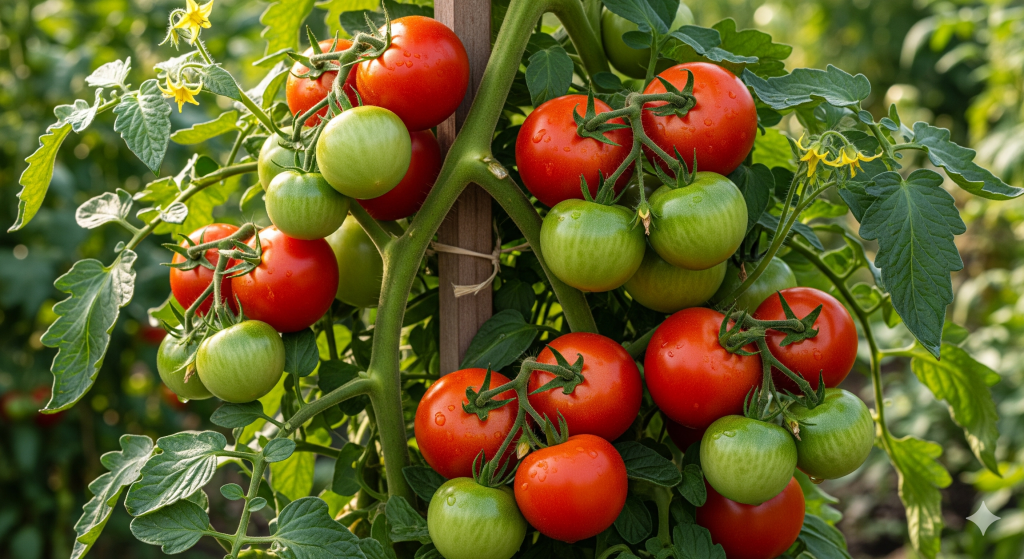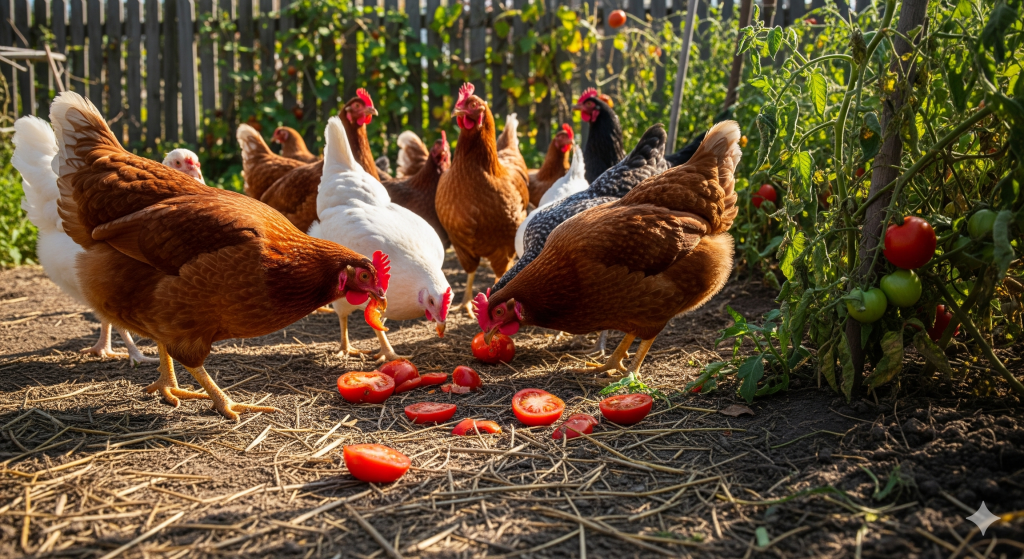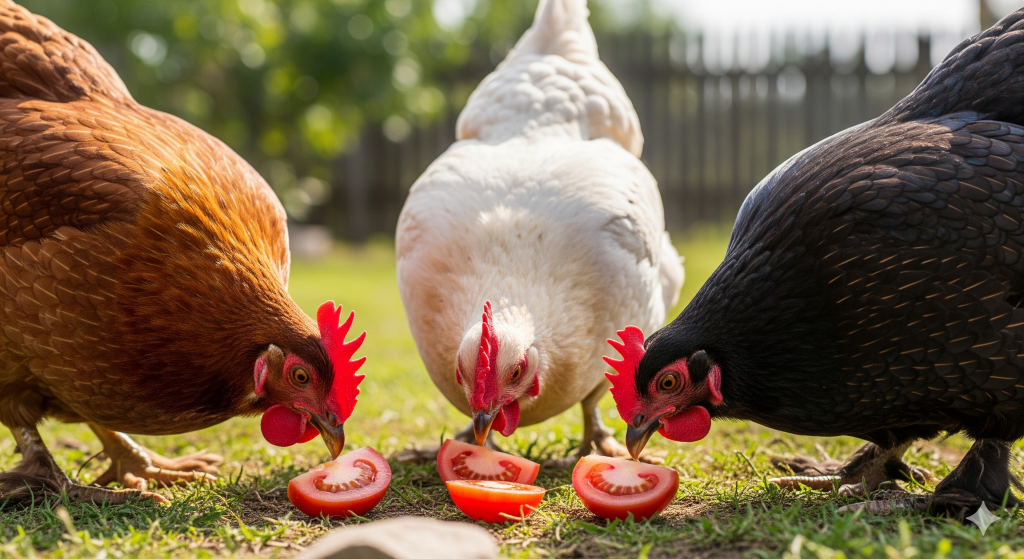Table of Contents
A common question among gardeners, from beginners to seasoned experts, is “how long can a tomato plant live?” The answer isn’t as straightforward as one might think. While most gardeners treat tomatoes as annuals that die off with the first frost, the true potential of these plants is often surprising.
The lifespan of a tomato plant is heavily influenced by its genetics, its environment, and the care it receives. In this guide, we’ll explore the typical lifespan of a tomato plant and how different growing conditions can extend its productivity.
What Is the Lifespan of a Tomato Plant?
Technically, a tomato plant is a tender perennial, which means it has the potential to live for several years in a warm, tropical climate. However, in most regions with distinct seasons, tomato plants are grown as annuals, with their lifespan typically lasting for a single growing season of about 6 to 8 months.
The main factor that ends a tomato plant’s life in a typical garden is not old age, but rather the onset of cold weather. Frost is fatal to these warm-weather plants, and as temperatures drop in the autumn, the plant’s growth will slow, its leaves will yellow, and it will eventually die.
Want the Ultimate Guide to Off-Grid Living?

If you love the self-sufficient lifestyle, this is the only guide you’ll ever need. Learn how to generate your own power, secure your water supply, and become truly independent. No fluff, just actionable plans.
➡️ Check out The Self-Sufficient Backyard and start your journey today!
How Long Will a Tomato Plant Produce?
The productive life of a tomato plant is often shorter than its total lifespan. Most tomato plants will start producing fruit about 45 to 90 days after being planted, depending on the variety. They will continue to produce fruit for the duration of the growing season, until the first frost.
However, even without a frost, fruit production will naturally decline as the plant ages. You can extend the harvest by regularly picking ripe fruit, providing consistent water and nutrients, and pruning away any diseased or yellowing leaves.
How Long Can a Tomato Plant Live Indoors?
When brought indoors and protected from the elements, a tomato plant’s perennial nature can be revealed. With adequate light from a grow lamp and proper care, an indoor tomato plant can live for 2 to 5 years, producing fruit intermittently. However, it’s important to note that fruit production will likely be less vigorous than during its first outdoor season.
How Long Can a Tomato Plant Live Without Water?
A tomato plant’s survival without water depends heavily on the weather and the age of the plant. In the peak of a hot summer, a mature tomato plant may only survive for 2 to 3 days without water before showing signs of irreversible wilting. In cooler, more humid conditions, it might last up to a week. Young seedlings are far more vulnerable and can perish in less than a day of intense heat without water.
How Long Can a Tomato Plant Live in a Greenhouse?
A greenhouse provides an ideal environment to extend the life of a tomato plant. By protecting it from frost and maintaining optimal growing conditions, a tomato plant in a greenhouse can easily live for several years. Commercial growers often keep their plants for a full year of continuous production before replacing them to ensure maximum yield. With proper care, a hobbyist could keep a greenhouse tomato plant alive for 3 to 5 years or even longer.
Conclusion
While most of us will only get a single season from our garden tomato plants, it’s fascinating to know that these plants have the potential for a much longer life. The key to their longevity lies in creating an environment that mimics their native, tropical habitat—one that is free from frost and provides consistent warmth, light, and nutrients.
Whether you’re growing them outdoors for a summer harvest, or indoors for a multi-year experiment, understanding the factors that influence a tomato plant’s lifespan can help you get the most out of these incredibly popular and versatile plants.



